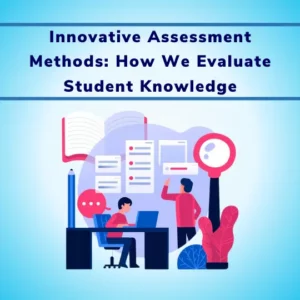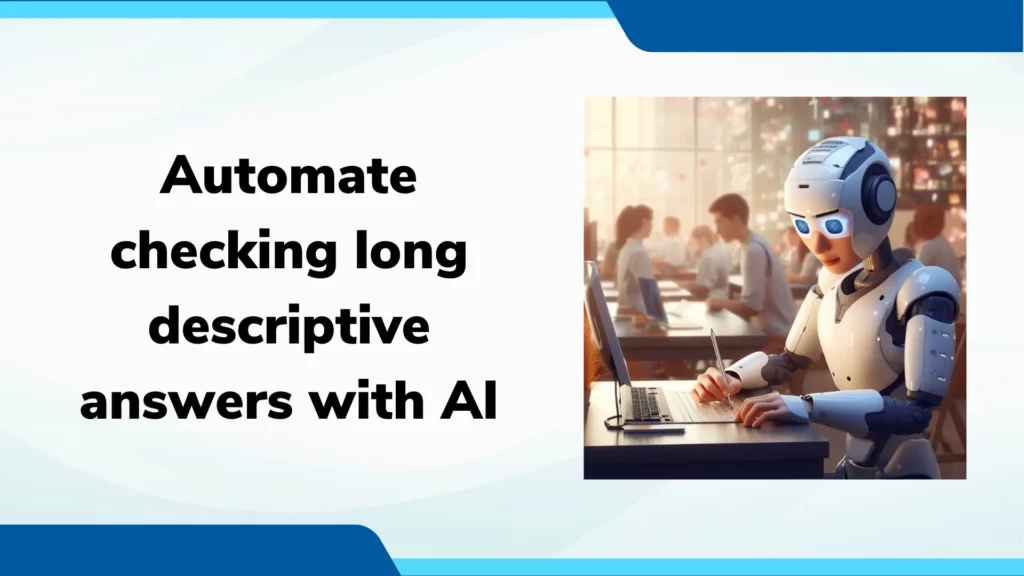
Article Contents
Introduction
The old way of grading exams takes a lot of time and effort, especially with large classes. Imagine having to check the long answers of over 10,000 students! Teachers spend months reading through pages and pages, figuring out grades. It’s a huge task that eats up time and money.
Are you a teacher or an education enthusiast? If so, you’ll know the struggles that come with traditional grading. 😩 Think about the hours spent pouring over lengthy answers 📝, dealing with potential bias, and the time it takes to evaluate exams. It can be a real headache, right? 🤯
Well, here’s the exciting news: Artificial Intelligence (AI) is here to turn that frown upside down! 😃
The Pain of Manual Grading
🕒 Time Consumed: Traditional grading can be painfully slow, taking weeks or even months to evaluate large numbers of descriptive answers. Teachers spend countless hours grading papers when they could be focusing on teaching and nurturing their students. 😔
The Bias Problem
🤔 Bias in Evaluation: It’s not uncommon for examiners to unknowingly introduce bias when grading. 💔 Students’ answers might be judged based on the examiner’s preferences or mood at the time.
The Education Revolution
But, guess what? 🌟 The education sector is catching up to the technology wave! 🌊 EdTech adoption has been skyrocketing, with many institutions embracing digital solutions to enhance learning and assessment. In fact, EdTech adoption grew by 82% in the past year alone. 💻📈
Now, here’s the real game-changer: AI-powered answer checking.
The AI Solution
🚀 Faster Grading: AI can evaluate thousands of answers in a fraction of the time it takes a human examiner. What used to take months now takes mere minutes! 🕐💨
🎯 Precision Grading: AI doesn’t have mood swings or personal preferences. It provides consistent and impartial grading, ensuring fairness for all students. 🤖📚

AI takes into consideration the model answer to the question and even analyzes previously evaluated answers by the examiners. It defines the pattern of the marking scheme.
Evaluation by AI helps to achieve an accuracy of more than 90% during the descriptive answer evaluation process. It significantly improves evaluation accuracy compared to the traditional long theory answer evaluation process.
The Real-World Impact
A leading educational institute recently adopted AI-based grading and saw impressive results. They’ve been able to speed up evaluation while maintaining a high level of accuracy. 🎓✨
AI-based automated descriptive answer checking has many advantages.
- Quick Evaluation of Theory Answers.
- Accuracy of more than 90% during the evaluation process.
- No bias during the evaluation of student performance.
- Education institutes can conduct assessments frequently and provide feedback on a timely basis to individual students.
Conclusion
So, are you ready to embrace the future of education? 💪 AI is here to empower educators and students alike, making education more efficient, fair, and exciting! 🌟📝
AI algorithms are designed to evaluate answers based on predefined criteria and do not possess personal biases or emotions, ensuring that each student’s work is assessed impartially and consistently.
Yes, advanced AI systems are capable of comprehending and evaluating descriptive answers by analyzing the content against set parameters and criteria, ensuring accurate grading.
Absolutely. AI grading systems adhere to stringent data protection protocols, ensuring that student data and results are securely stored and accessed only by authorized personnel.
AI grading significantly reduces the time and effort spent on evaluating answers, enabling educators to focus more on teaching, curriculum development, and providing personalized attention to students.
Yes, AI systems can be configured to adapt to various subjects and grading criteria, ensuring versatility and applicability across diverse educational contexts.


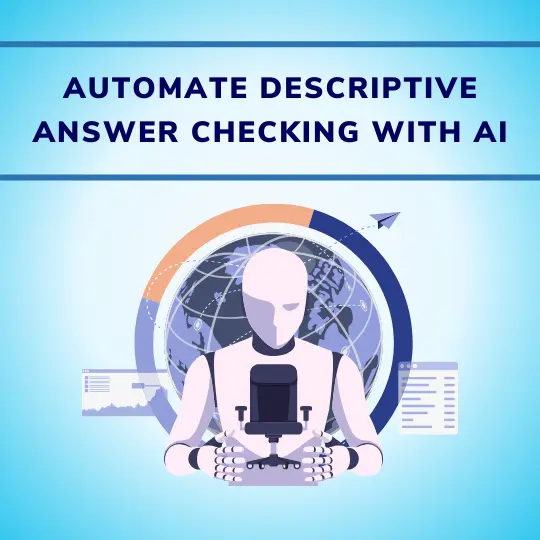

![How Government-Led Exams at 250+ Locations Are Setting New Standards of Integrity [Case Study]](https://www.eklavvya.com/blog/wp-content/uploads/2024/04/Enhancing-Exam-Integrity-Government-Certification-in-250-Locations-150x150.webp)
![Transforming Central Govt. Exams Evaluation: How Onscreen Marking is Leading the Charge [Case Study]](https://www.eklavvya.com/blog/wp-content/uploads/2024/04/How-Onscreen-Marking-Revolutionized-Central-Govt-Exams-Case-Study-1-150x150.webp)
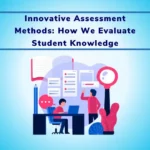
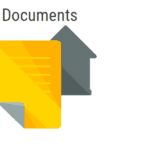











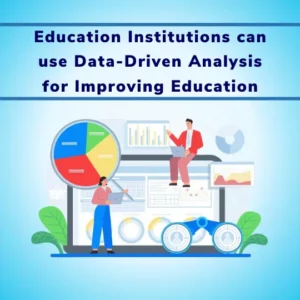
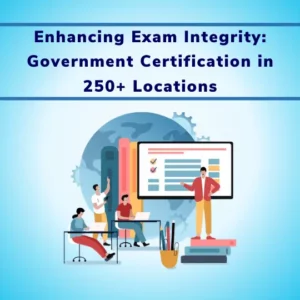
![How Onscreen Marking Revolutionized Central Govt Exams [Case Study]](https://www.eklavvya.com/blog/wp-content/uploads/2024/04/How-Onscreen-Marking-Revolutionized-Central-Govt-Exams-Case-Study-1-300x300.webp)
